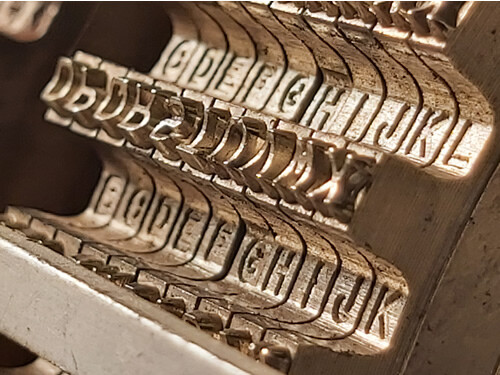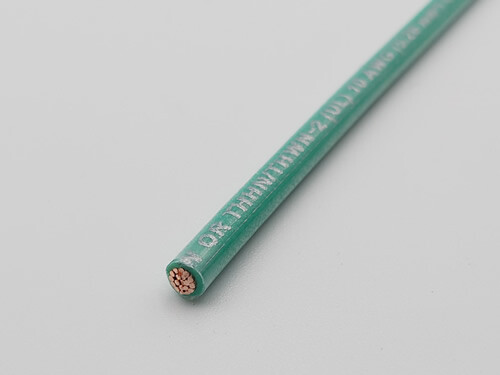Insulating electrical conductors in discrete circuits has been a necessary process since the inception of electricity. Many studies, developments and innovations in the wire industry have been made regarding thickness, physical characteristics, insulation material types — all with one goal. Safely and effectively insulating the electrical conductors carrying power. Using Heatshrink There are many implications for heatshrink tubing from safety and physcial reinforcement to identifying wire ends. Safety When a wire is stripped to reveal its inside conductors for crimping, soldering or connecting to an electrical system, there is often a need to re-cover the copper to protect the circuit …
The Evolution Of Wire Labelling Techniques: Has Quality Improved?
An older method of marking still in use today in many industries, but with caution in the commercial wire industry is Hot Stamping. This method of marking involves some type of heated die and a transfer foil. The foil is placed between the item being…
How to Easily Identify the Markings on Multi-Core Cables
When it comes to cords and cables, much like wire, there are many types. One of the biggest visual differences other than color is, some cords are flat, and some are round. A cord that is flat will have the letter P in its cord type. The P stands for Parallel since the individual wires inside…
Wire Characteristics: How To Read Inkjet Markings On Wire
Knowing what the markings mean on registered wire gives you an advantage when dealing with any electrical system. The characteristic information printed on the wire provides a ton of detail about the circuit it is connected to, as well as providing traceability through the supply chain for where the wire came from. These markings define what the wire can be used for, its physical limitations like fire ratings, pliability, compositions, registered file numbers for wire use, wire gauge and more! A telltale sign that you are purchasing registered, high quality wire is that is will always come with printed markings. …



